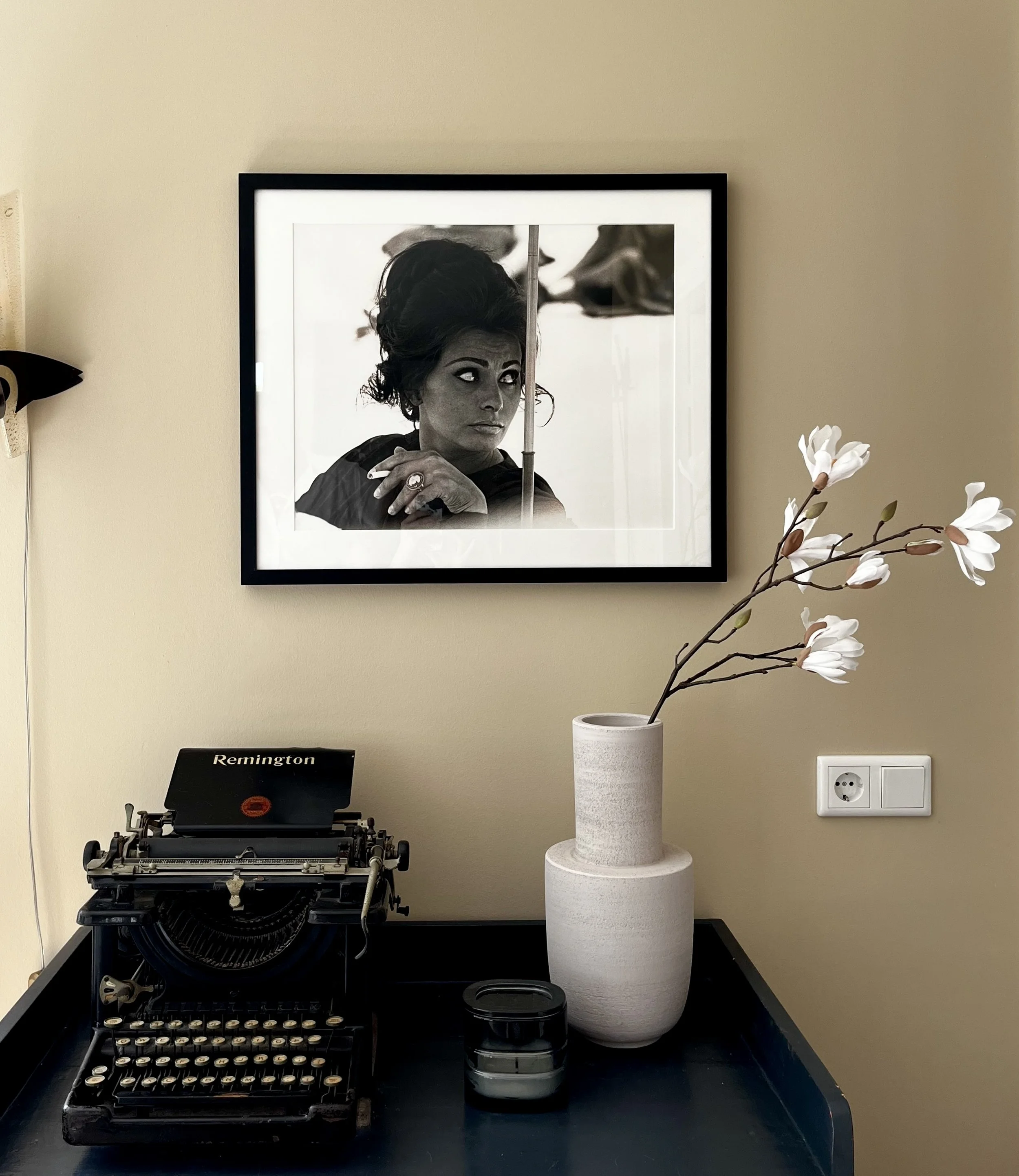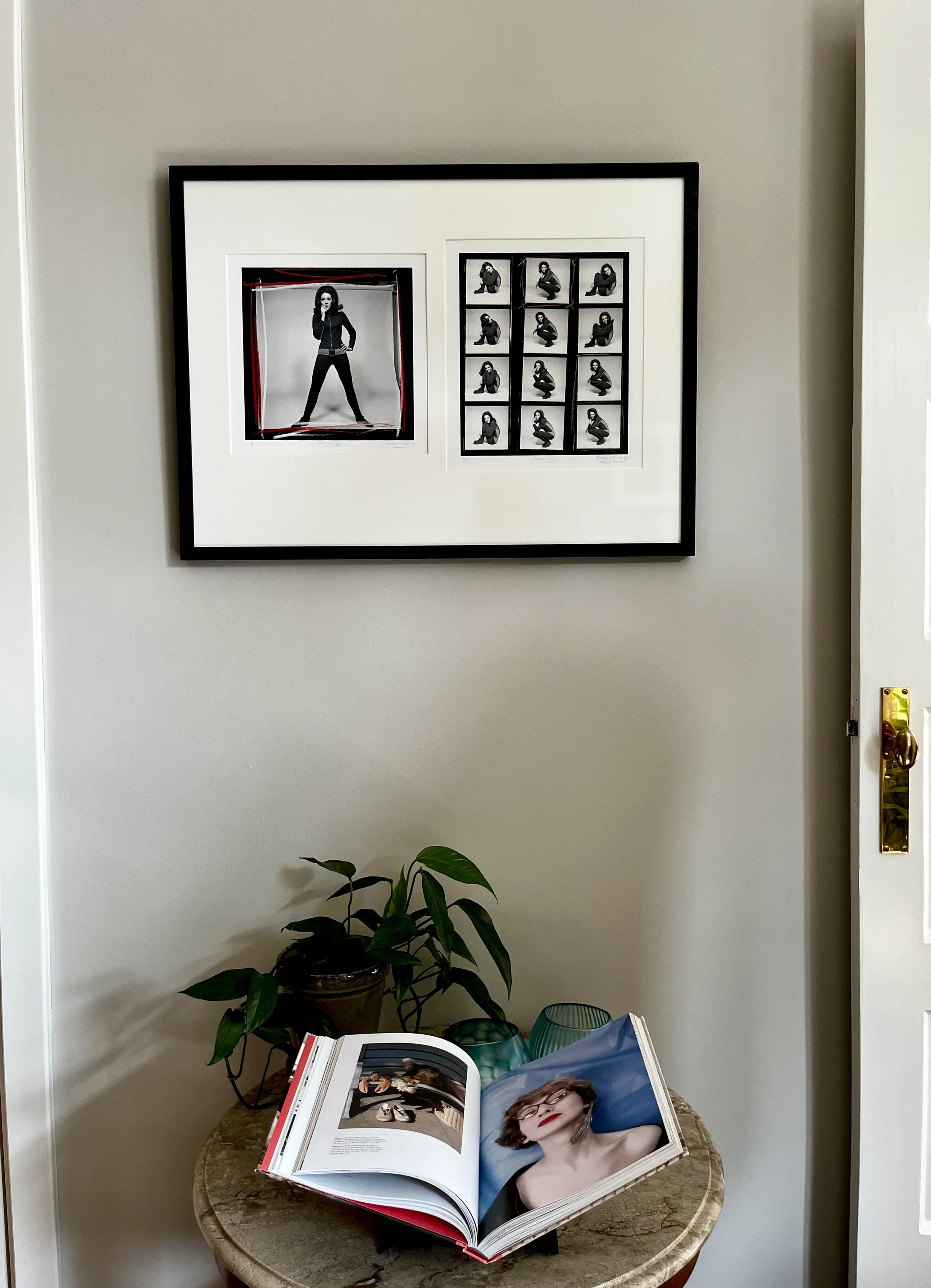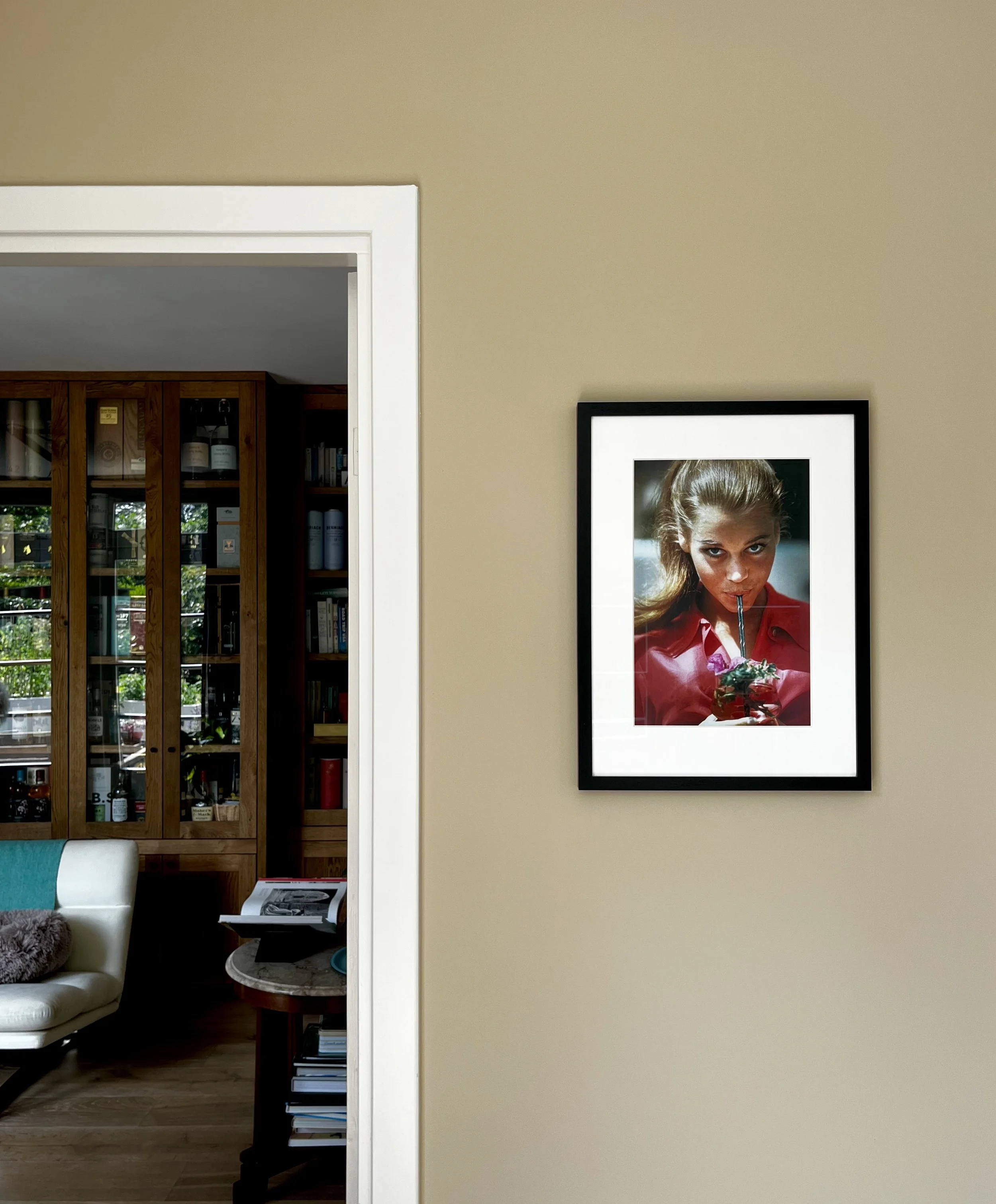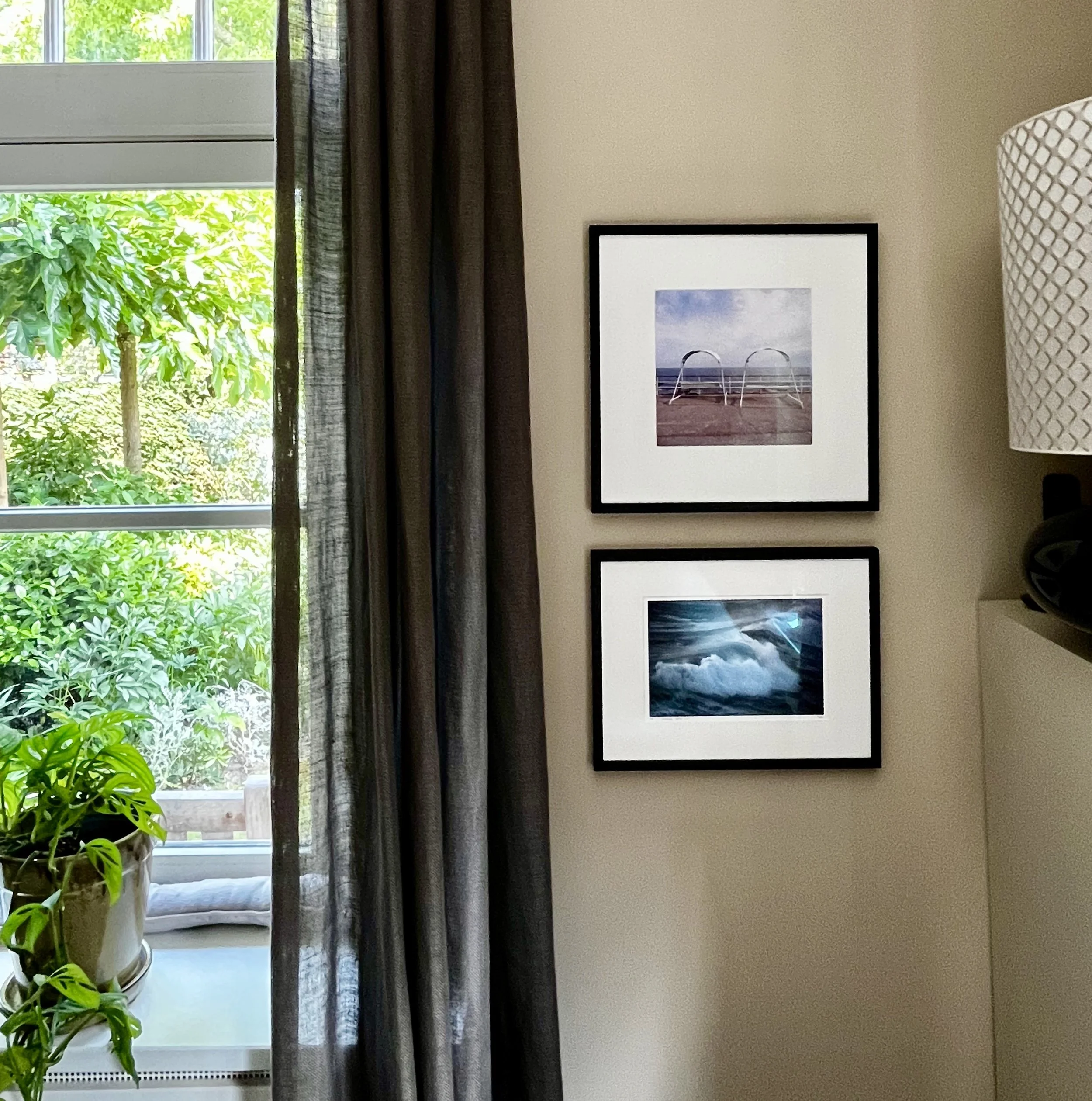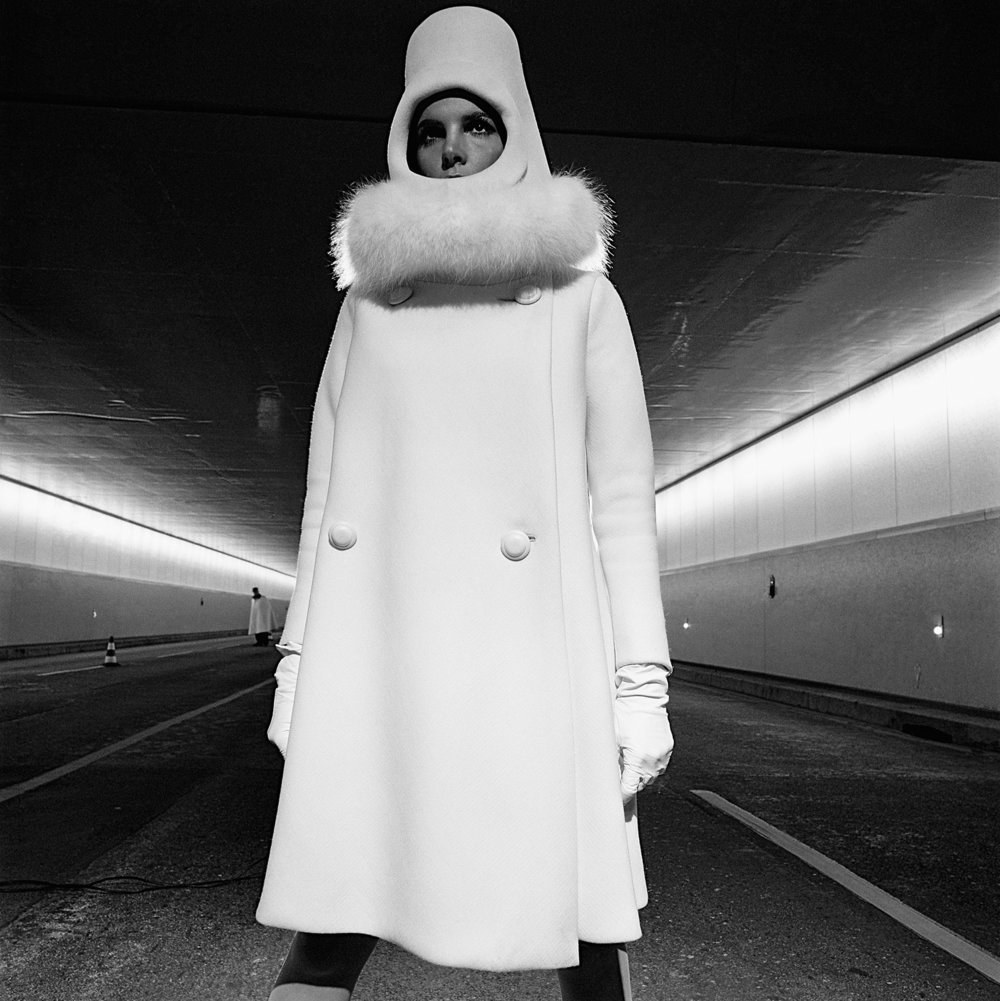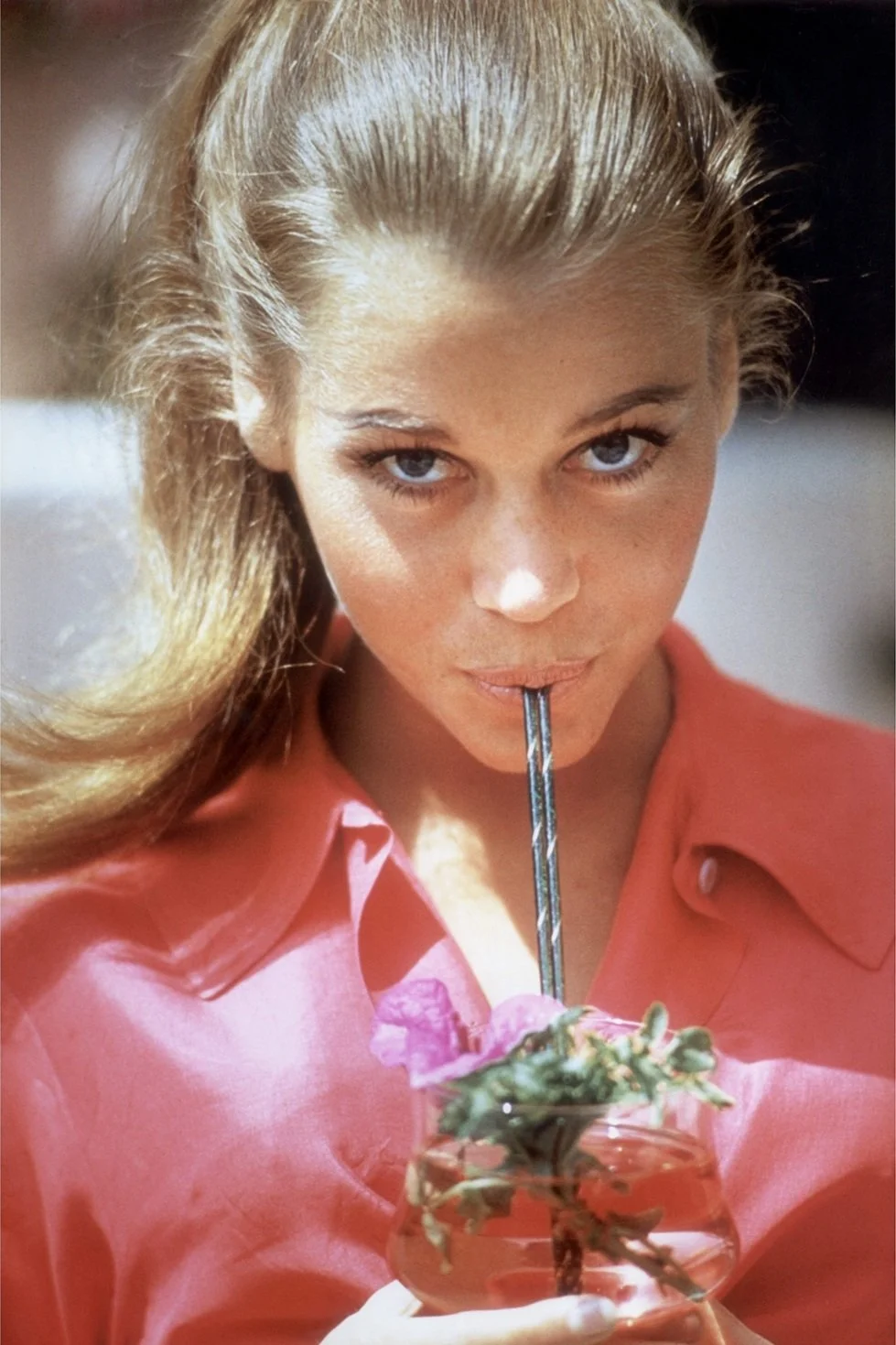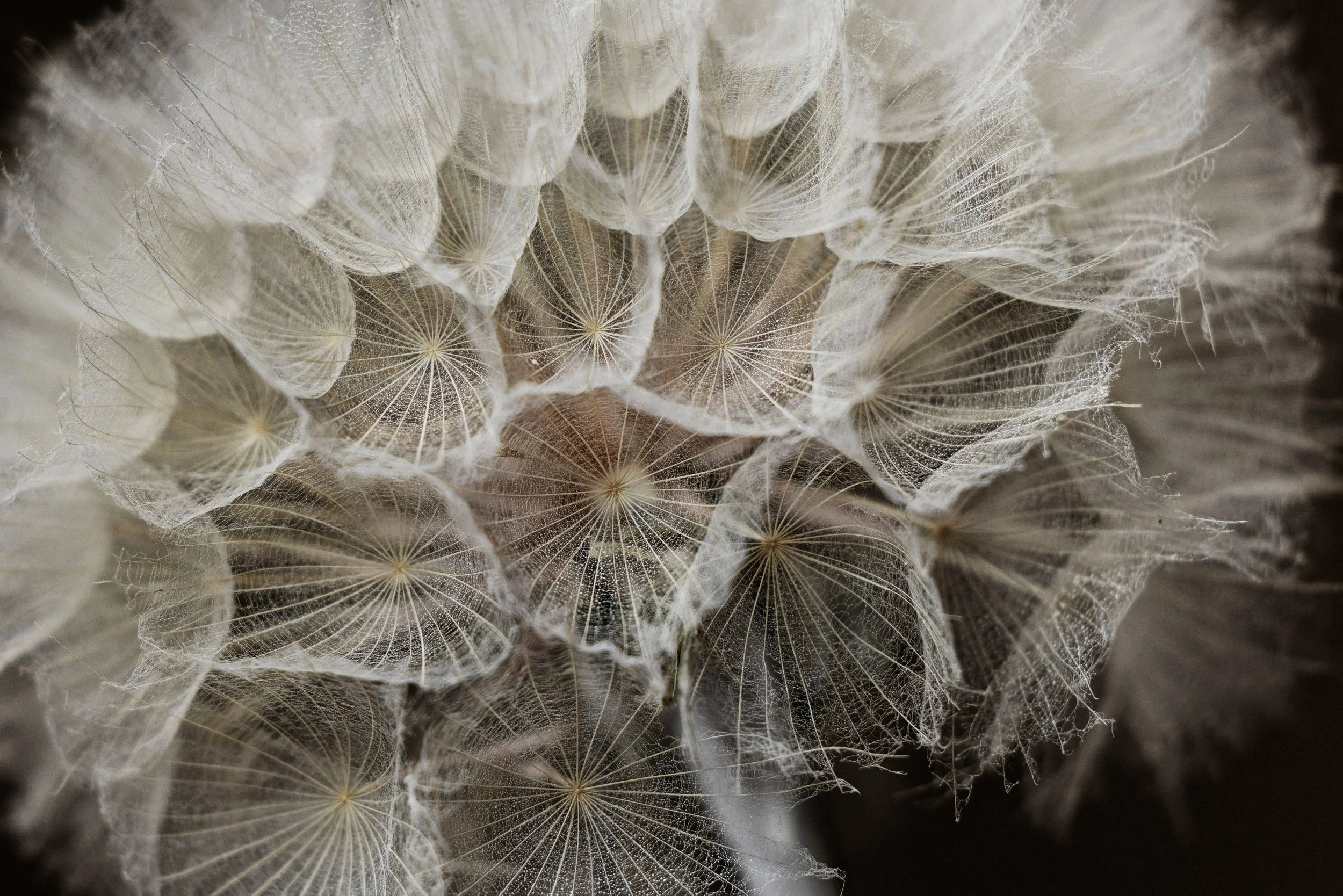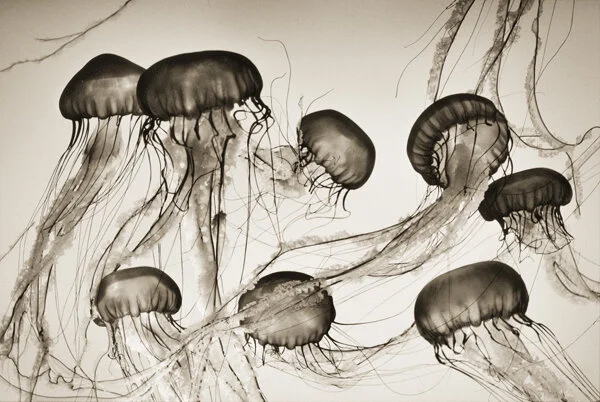At Home With...Karin and Xander
Why does one become an art collector? The reasons - and the journey- are as varied as the collectors themselves. For some, collecting art is an intentional act of patronage, supporting the artists whose work resonates with them. For others, it’s a form of thoughtful investment, a means of building value over time. And sometimes, it begins almost by accident: a quiet fascination that slowly grows into a lifelong passion…
For our newest edition of ‘At Home with…’, I had the pleasure of visiting the beautiful Laren home of Karin and Xander, devoted photography collectors and long-standing supporters of the gallery. For them, collecting began with a genuine desire: to bring their heroes into their everyday lives. From their very first photograph, a stunning image of Debbie Harry, to a striking portrait of Sophia Loren, and a cheeky glance from young Jane Fonda, their collection began as a vibrant tribute to icons who continue to inspire them.
As they showed me around their art-filled home, we discussed their journey into collecting photography, their passion for the pieces they own and the pieces that are yet to be part of their extensive collection, meeting the artist behind the work, and their relationship with the Gallery.
You've been collecting photography for many years and have built an extensive collection of historical and contemporary pieces. What initially drew you to photography as an artistic medium, and what was your first meaningful experience with it?
Karin: When I was in primary school, we were forced to go to a museum. We had museum classes, which is probably educationally great, but not as interesting when you're eight or nine years old. So, living in Amsterdam, we were forced to go to the Rijksmuseum and Stedelijk Museum, which I did not find particularly interesting. But at a certain point, I saw a few pictures by Cindy Sherman, and I remember being really struck by it because it was very mysterious and it was almost like a movie still. There was something going on in the picture, but you didn't really know what it was. It was the first time that I actually learned photography can be something different than just taking your holiday shots.
Xander: I think for me, it's a little different because I got into this kind of art through music. My parents were very much into symphonic rock—those spectacularly large, grand concerts with light shows and spectacle. And that stayed with me, always. So, my first interest in photography was that sort; it had the kind of flamboyance, lights, glitter, and noisy... noisy photography. I don't know how to describe it. And yeah, I think that's how I got interested in photographs of the artists that I admired. So, not necessarily the artist first, but more subject-driven originally.
Your collection features stunning portraits of many icons, such as Debbie Harry, Sophia Loren, David Bowie, Diana Rigg, and so on… but you also have contemporary pieces like Bamboo by Choi Byung-Kwan or serene still lifes by Stella Gommans. How did it grow and evolve from the very first piece that you purchased to what it looks like now?
X: I think it's sort of like a Hall of Fame almost that we started to collect. It was a transition from buying your typical poster that you hang over your bed into collecting actual photography, fine art. So I think I started replacing my Pink Floyd posters with actual photographs over time.
K: And at first, it was mostly black and white photography because there's something that I always have loved about it. But you know, when you see something and you're really taken by it, then all of a sudden it appears that you have something in colour in your house. And you think, “Okay, I didn't know I was going to get that, but apparently, I really love it.” So I think it used to be our heroes in black and white, but it's become a lot broader than that in the meantime.
X: It's still a theme, I think, right? And particularly how it evolved—it turned out that most of our heroes actually are female.
You're surrounded by beautiful and inspiring works in your home, from portraiture by Brian Duffy to architectural photography by Jason Oddy. Is there one piece that never fails to make you pause, no matter how often you pass by it?
K: I think it's Jane Fonda by Willy Rizzo and it's like she really looks you in the eye. I mean, she's so confident and she's 19 years old or so? A very strong young woman.
X: For me, it's Sheila Rock's photo of Rik Mayall & Adrian Edmondson. It just makes me laugh every time I see that picture. Every time I walk into my office, I see them with their silly faces and it makes me smile.
Have you ever had the opportunity to meet any of the photographers behind the work in your collection?
K: Yeah, Michael Putland. We met him through the gallery opening and he was a lovely man. Absolutely lovely, and he very much took the time for everybody, and he was just so approachable. And we loved Henry Horenstein as well, a sweet man, and also very talkative and funny. I think you can just go to the pub and have a good night with him. And Sheila Rock—it was amazing to meet her because she's, of course, very well known.
X: Yeah, she's lived 25 lives, I think. She is awesome. Yeah, and we met Jason Oddy—I love his work. Big fan.
What's the last photograph that you added to your collection?
K: Uh, it must have been the two Oddys, I think. The two gallery editions. And we were talking about that—we would never be able to afford a large Jason Oddy picture or from some other photographers, but there are the [Elliott Gallery] Collector’s Prints that make it possible for regular people to be able to acquire something.
X: Yeah, some of these images are so super famous that, I mean, they're just not affordable for normal people, so those special series are a blessing.
K: And I think that usually the choice of the Collector's Print is just spot on.
You’ve been supporters of the gallery for nearly a decade. As collectors, what do you value most in your relationship with the gallery?
K: I think it's the personal aspect. We have built up—with Addie, or she has built up with us—it's very much a two-way street. And she really knows us by now and she knows what we like, and she knows that there are some shows that she goes, “Look, I think it's a little less up your street. So maybe, you know, this one, but the next one will be this and that and that will be something that you will be interested in. So maybe have a look at that one.” And she's very straightforward and she's very honest about stuff.
X: And we are on our multi-year journey with the gallery, right? I mean, it took us five years to find the perfect Dolly Parton picture. She had to have a certain look or a certain era as well, because I wanted the big, curly wings—the big hair. And the gallery takes that time. Addie takes it on as a challenge. That's what's fun, because she goes, “Oh, hang on. Okay, I'll have a browse in, you know, in my network or I'll suddenly think if I know anyone else who may have that in their archives.”
K: And also, we love the artists that you represent, and it's lovely to be able to learn something new because, of course, you know, you don't know everything. You don't know all the artists. So that's fun. And it's the accessibility… I just loved how accessible and informal it is. You just feel very welcome.
X: We can be ourselves, right?
K: Yeah, you just can come in because you like photos. I mean, it's as easy as that. And that's just really nice.
What advice would you give to someone who is just looking to start their own collection?
K: Oh, that's quite difficult, because I think when you start out, you don't think you're going to have a collection. You're just going to buy something that you enjoy, maybe. And then at another point, you buy something else that you enjoy too. And I think that's how it's going to grow. So you never know when you're a collector. So, buy something that you love. Don't buy it because of a name or because it's important or because it's serious or because it's big.
X: But the story helps, right? The picture gains “value” if the story is appealing that comes along with the picture.
K: Well, it gives a piece more depth if you know the story about it. I mean, it's not a prerequisite, but it's nice if you know a little bit more about it. So just listen to the stories. I mean, there are so many stories to tell, and I love stories personally. I think that helps you see more detail into whatever it is that's caught your eye. And it's just lovely because at home it keeps on talking to you.
X: I think the answer is, don't be intimidated. Be yourself. Trust your instinct. Just start.
K: And trust your own taste. I mean, don't let anybody tell you, “Oh, but that's ugly,” or “That's not fashionable,” or “The colours are not right.” I mean, if you love it, you love it, and follow your own taste. If you choose it, it will always go within your life.
What is on your current wishlist that you are looking to add to your collection?
X: I still have a few heroes that I'd like to add to the collection. There's also a few very specific photographs that I'd still like to add; the ‘Pierre Cardin’ [Cardin ensemble, French Elle, 1966 by Terence Donovan] being the obvious one… We don't have a Norman Parkinson, which is almost something to be ashamed of... From your most recent exhibition… I could easily point out four or five, six pictures that I’d love to own… Well, there's still the Henry Horenstein ‘tentacles’ [Giant Pacific Octopus–Enteroctopus dofleini from the 'Animalia' series]... But yeah, it's changed. We've become more precise in the things that we want to add to the collection.
Giant Pacific Octopus–Enteroctopus dofleini from the 'Animalia' series by Henry Horenstein
Capital Chic; London, Queen Magazine, 1960 by Norman Parkinson
Cardin ensemble, French Elle, 1966 by Terence Donovan
Thank you to Karin and Xander for welcoming us into their lovely home to show us around their fabulous photography collection!
Interview & production by Eszti Bakos
Production by Luiza Boiteux

